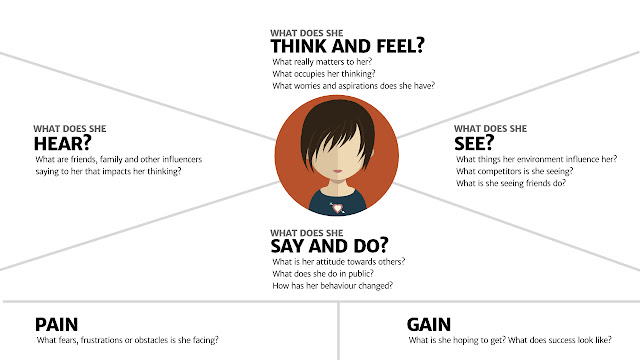6 Laws of Customer Experience
6 Not-So-Secret Truths about Great Customer Experiences
Think of them as the Six Commandments of Customer Service — or, as Bruce Temkin, managing partner of the Waban, Mass.-based Temkin Group explains, "fundamental truths about how people and organizations behave."
Companies that understand them can make smarter decisions about the customer experiences they offer and how they offer them. It's not rocket science. In fact, some of the six truths seem painfully obvious. But Temkin argues that they're often overlooked.
Take employee engagement. A company can't offer outstanding customer experiences if it fails to engage its employees, listen to their feedback or provide them with the technologies they need to keep customers happy, Temkin told CMSWire this week.
Putting People First
It's one thing to develop a customer experience (CX) strategy and quite another to actually put one in place, Temkin said. Before you even think about customer experience management, you have to think about how your company treats not only its customers but its employees.
Six years ago, he wrote an e-book, "Six Laws of Customer Experience: The Fundamental Truths That Define How Organizations Treat Customers." It's still one of the most downloaded pieces of content on the customer experience research and consulting firm's website, he said.
That's why he's just transformed the already brief book to an even easier to read infographic — in the hope the visualization will make the points even easier to grasp.
Interestingly, two of the laws of customer experience focus on employees. "More and more companies are beginning to understand the importance of focusing customer experience strategies on their employees," Temkin said. What do companies need to know?
- While you can make some customers happy through brute force, you cannot sustain great customer experience unless your employees are bought-in to what you’re doing and are aligned with the effort.
- Employees tend to conform to the environment that they’re in, so you need to adjust the environment if you want change.
Temkin's Law of CX Motion
Newton's third law claims every action has an equal and opposite reaction. Well, Temkin extrapolates on that concept to develop the first law of customer service: Every Action Creates A Personal Reaction.
It's all about personalization. What works for one customer may not work for another, so companies should recognize various customer segments. Experiences should be designed for narrow segments or personas, and these should be tuned using information that portrays an accurate picture of the most important customers, he suggested.
Sometimes companies need to reverse the equation and look at a situation from the customer perspective. For example, take a call center script. Whoever wrote it did so from his own point-of-view: he wrote the things he might like to hear. " That's fine if the writer is exactly like your customers, but most of the time that's not the case," Temkin said.
Temkin calls this self-referential design, and it's what happens when companies don't put their customers first. One solution, which more and more companies are doing, is to build customer journey maps. "They put the customer first," Temkin added.
Temkin's final law is ever more relevant in the age of social media. Simply stated, be authentic. Don't fake it. "You can fool some people for some of the time, but most employees and customers can eventually tell what’s real and what’s not," he said.
If a company is only giving lip service to customer service, the strategy is bound to fail. Customers are not stupid, Temkin said, and can differentiate between a company that really cares and one that is simply going through the motions.
The Importance of Digital Experiences
If people are the heart of customer service, then think of technology as its brain, as researchers at Forrester noted in " 10 Ways to Improve Digital Experiences."
Starting at number 10 and working down the Forrester list, the first three are about reaching out for customer feedback with surveys, customer feedback forms, emails, support calls, chat sessions and social media posts. Additionally, customer touchpoints should be reviewed by experts to make sure they are really doing what customers expect them to.

By




Comments
Post a Comment